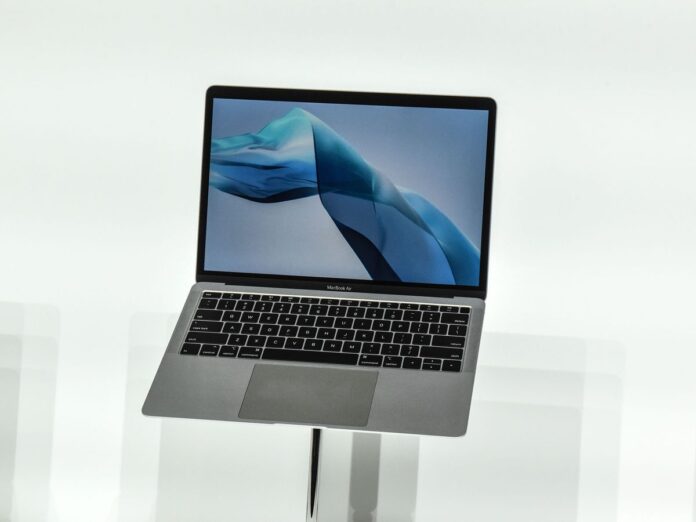As per people with knowledge of the matter, Apple Inc. is working on a thinner and light-weighed version of the MacBook Air, the company’s mass-market laptop.
The new computer is expected to be launched at the earliest or in 2022 during the second half of this year. It will include the MagSafe charging technology from Apple and a next-generation version of the in-house Mac processors from the company.
The company considered building a larger version of the MacBook Air with a 15-inch screen, but for the next generation, Apple is not going forward with this, said the people, who asked not to be named to address private matters. A spokeswoman from Apple declined to comment.
By shrinking the border around the screen, which will remain 13-inches, Apple has suggested making the laptop smaller. The present model weighs 2.8 pounds and, at its thickest point, is just over half an inch.
MagSafe, which, with its 2018 update, was removed from the MacBook Air, is a magnetic charging device. That means that any unintentional yanking of the power cable will simply disconnect it from the laptop instead of bringing the entire computer down. For attaching external devices, the new model will have a pair of USB 4 ports.
The new laptop is destined to be a higher-end version of the existing MacBook Air, which is expected to remain as an entry-level offering in the company’s lineup. In November, Apple last modified the product with its own M1 Mac chip, replacing an Intel Corp. processor.
An example of the renewed emphasis on Mac loyalists by Apple is the forthcoming MacBook Pro. For the next MacBook Pros, the firm plans to bring back an SD card slot so that users can mount memory cards from digital cameras. In 2016, to the dismay of professional photographers and video makers, core segments of the MacBook Pro user base, the feature was removed. The highly criticized Touch Bar, the touchscreen feature row of the new edition, is still going on.
Apple has also provided underlying Mac support for both cellular connectivity, the ability for Macs to link via mobile networks to the internet and Face ID, the face recognition system of the company. But neither trait seems to be arriving soon. Face ID was originally designed for that reason. Face ID was originally expected to arrive in this year’s iMac redesign for that reason, but it is now unlikely to be included in the new design’s first version.


